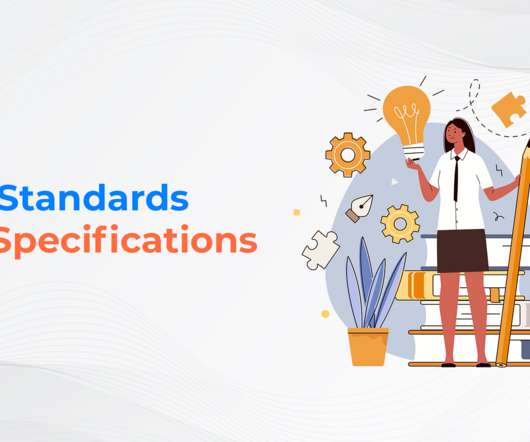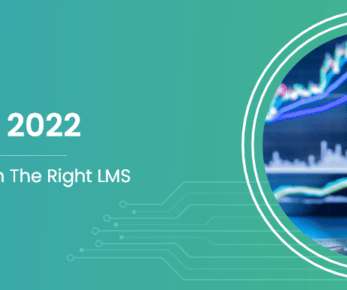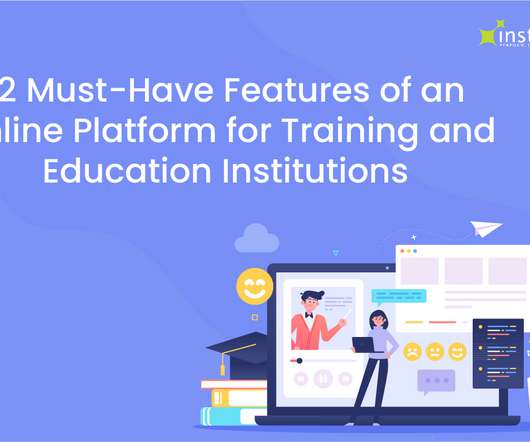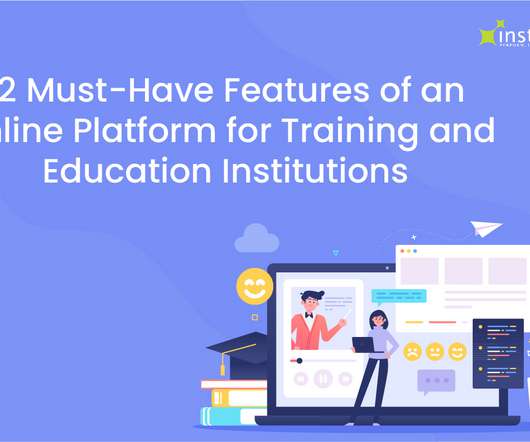LMS Standards and Specifications
BrainCert
SEPTEMBER 16, 2022
A SCORM is also known as one of the standard specifications for publishing, launching, and tracking eLearning content, like how many times students have taken a course, completed a quiz, obtained a test, or viewed a page or slide. Asynchronous, self-paced eLearning content can be tracked using this tool. What is xAPI?
















Let's personalize your content